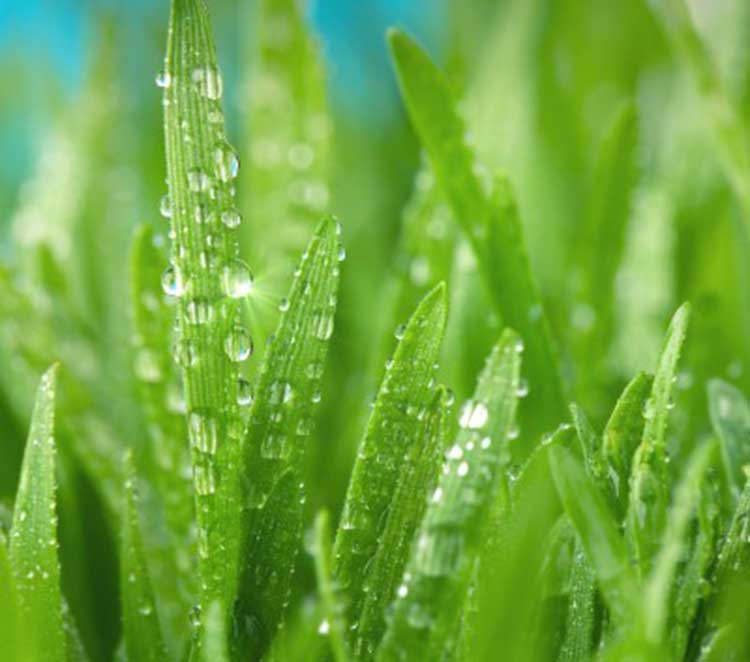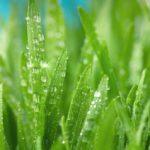Your Quick Guide To Texas Turf Grass
Tips for keeping lawn grass healthy vary depending on where you live. Location determines what type of grass you grow, and then that influences how often you mow, when to fertilize and aerate, and what's the best way to start a new lawn. Keep reading for a quick overview of grass types that grow in Texas and how to keep them healthy.


Types of Turf Grass
We can sort turf grasses into two broad categories: cool-season grass and warm-season grass. In Texas, warm-season grasses are the usual choice because they're more heat tolerant, though there are some cool-season grasses that grow well in northern and parts of central Texas. When planting a new lawn, cool-season grasses are usually started from seed. Seed is available for some warm-season grasses, but they're typically started from plugs, sprigs, or sod. In general, seed is less expensive but lawns established from growing plants are easier to care for and fill in more quickly.Species Overview
Here's a brief overview of grasses commonly grown in Texas. For more information, click here to read an article from the Texas AgriLife Extension Service.- Heat-tolerant bluegrass mixes and Texas bluegrass can stay green all year in northern and central Texas even though it's a cool-season grass.
- Cool-season tall fescue can be grown in northern Texas. It's shade tolerant and grows in a variety of soils, but needs more water than warm-season grasses and Texas bluegrass.
- Bermudagrass is a warm-season grass that grows well throughout Texas. It's fast-growing, requires full sunlight, and is tolerant of both traffic and drought.
- Warm-season Zoysia grass grows throughout Texas. It grows slowly, requires less fertilizer than other grasses, and has a moderate tolerance for shade and drought.
- Buffalo grass grows best in central and west Texas. It is a low-maintenance, water-efficient warm-season grass that prefers full sun. Buffalo grass can grow in alkaline soil.
- Centipede grass is good choice for east Texas. It prefers higher rainfall than many other warm-season grasses and is less tolerant of drought.


